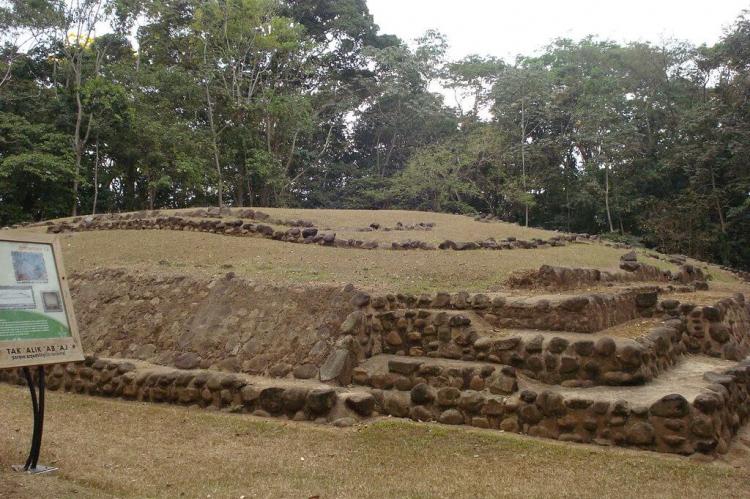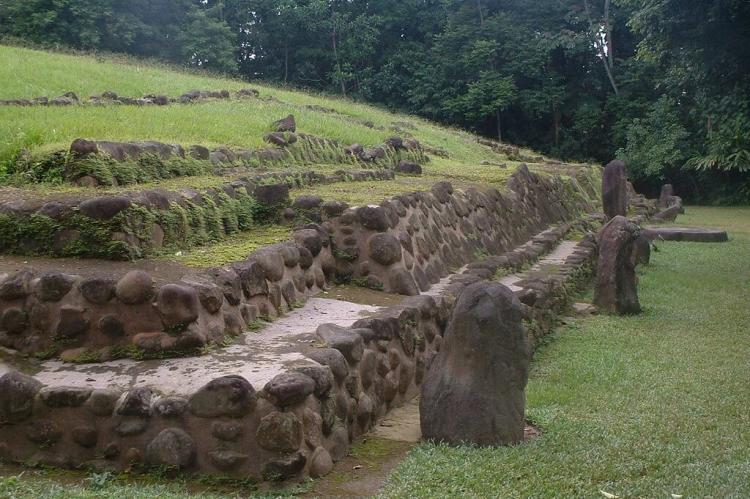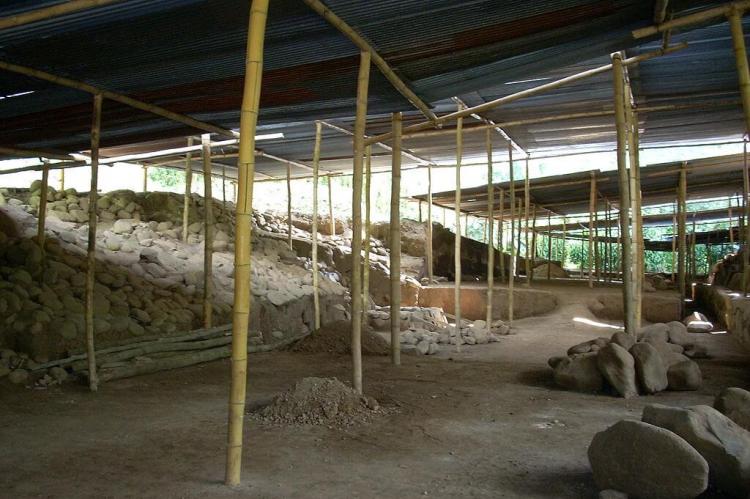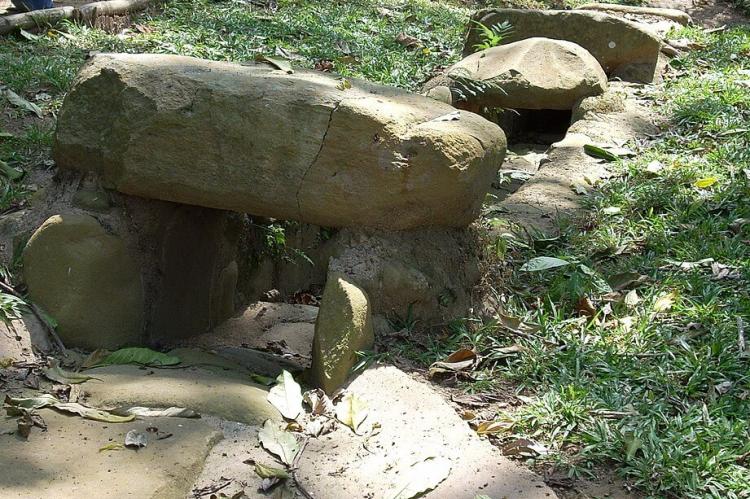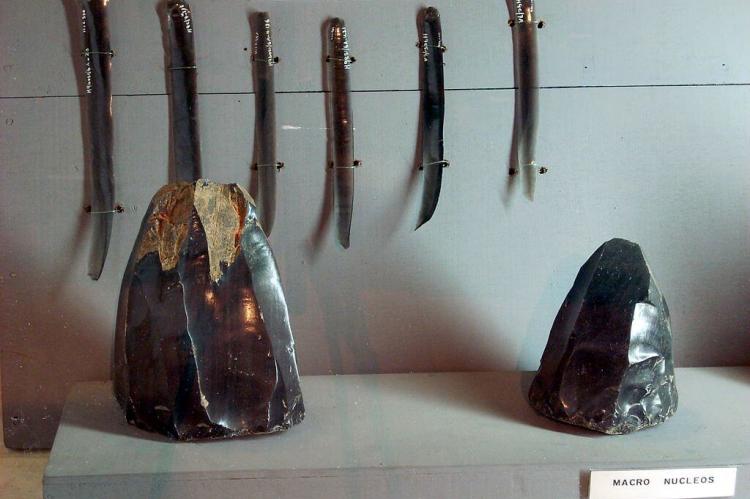Tak'alik Ab'aj National Park: A Window into Mesoamerican Civilizations
Tak'alik Ab'aj National Park in Guatemala's southwestern highlands is an important archaeological site that provides insight into Mesoamerica's cultural and historical evolution. With a blend of Olmec and Maya influences, it offers a crucial understanding of early civilizations in the region.
The Ancient City of Tak'alik Ab'aj: Guatemala's Gateway to Mesoamerican Trade
Tak'alik Ab'aj, nestled in the southwestern highlands of Guatemala, is more than a scenic natural reserve. As a UNESCO World Heritage Site, it is a crucial archaeological treasure that offers deep insight into Mesoamerica's cultural and historical evolution. The park is renowned for blending Olmec and Maya influences, showcasing how these civilizations intersected over centuries. Dating back to the 9th century BCE, Tak'alik Ab'aj was an influential commercial, ceremonial, and political hub. Today, it remains one of Central America's most significant pre-Columbian sites, offering invaluable perspectives on ancient trade routes, social structures, and artistic achievements.
The Origins and Location of Tak'alik Ab'aj
Tak'alik Ab'aj, meaning "Standing Stone" in the K'iche' Maya language, is located within the Department of Retalhuleu, along the volcanic slopes of the Sierra Madre mountains in southwestern Guatemala. At an elevation of approximately 600 meters (1,968 feet) above sea level, the site is strategically positioned along natural trade routes linking the Guatemalan Highlands to the Pacific coastal plains. Its location was deliberately chosen to facilitate commerce and cultural exchange between these two vital regions, and the site thrived as a major commercial center from the 9th century BCE through the 10th century CE.
Tak'alik Ab'aj's prosperity was primarily driven by its access to natural resources and trade networks, particularly those connecting the Pacific coast to the highlands. Cacao production further bolstered the site's prominence, contributing to its wealth and influence within the broader Mesoamerican economy.
A Fusion of Olmec and Maya Cultures
Tak'alik Ab'aj is perhaps best known for seamlessly blending the cultures of two of Mesoamerica's most influential civilizations: the Olmec and the Maya. The site contains one of the most extensive collections of Olmec-style sculptures outside the Gulf of Mexico, including monumental stone heads, altars, and thrones. These artifacts, representing the site's earliest phases of occupation, highlight the Olmec influence that permeated much of Mesoamerica during its early history.
By around 400 BCE, however, Maya cultural dominance began to assert itself at Tak'alik Ab'aj. The site's influence is evident in its architecture, hieroglyphic inscriptions, and elaborate royal tombs. Among the site's most significant features are some of the earliest known examples of Maya hieroglyphics, which offer vital insights into the evolution of Maya political and social structures.
This remarkable cultural fusion makes Tak'alik Ab'aj unique. It provides a window into a period of transition and interaction between two of the region's most influential civilizations. The intermingling of Olmec and Maya cultural elements illustrates a dynamic cultural landscape, highlighting the fluidity of identity and influence during this pivotal era in Mesoamerican history.
Urban Layout and Architectural Marvels
The urban core of Tak'alik Ab'aj spans approximately 6.5 square kilometers (2.5 square miles) and encompasses around 70 monumental structures and a dozen plazas. This sophisticated urban layout reflects the site's dual role as a ceremonial and administrative center. The plazas, temples, and palaces are carefully aligned with the natural topography, integrating the surrounding volcanic landscape into the city's design.
One of Tak'alik Ab'aj's most impressive architectural features is its advanced hydraulic system. This system includes an intricate drainage network that provides water for daily use and supports ceremonial activities. It also includes a temazcal (a sauna bath), demonstrating the inhabitants' engineering expertise and adaptation to the region's volcanic environment.
In addition to its waterworks, Tak'alik Ab'aj boasts two ball courts used for the Mesoamerican ballgame, a ritual sport with deep religious significance. The site is also home to over 239 stone monuments, many featuring carvings in Olmec and early Maya styles. Notably, many of these monuments were crafted from granite. This locally sourced material contrasts with the limestone commonly used in other Maya cities, such as those in the Petén region. This distinction further highlights the site's unique regional characteristics and its use of local resources to shape its artistic and cultural expressions.
Trade and Economy: The Lifeblood of Tak'alik Ab'aj
Tak'alik Ab'aj's development and prosperity were largely due to its strategic position within ancient trade networks. Its location allowed it to control critical routes connecting the Guatemalan highlands with the Pacific coast, facilitating the exchange of valuable goods such as jade, obsidian, salt, and cacao. Cacao, in particular, played a central role in the city's economy as a luxury commodity and a form of currency in ancient Mesoamerica.
The wealth generated by Tak'alik Ab'aj's trade activities is evident in the range of imported goods found at the site and in the lavish offerings discovered in royal tombs. The fertile volcanic soils surrounding the city supported cacao cultivation and other agricultural activities, ensuring the site's economic stability for centuries.
Ongoing Excavations and Discoveries
Archaeological research at Tak'alik Ab'aj continues to uncover new layers of the city's history and cultural significance. Recent excavations have revealed a royal tomb filled with opulent offerings, shedding light on the site's social and political organization. These findings, along with the discovery of Preclassic tombs, indicate that Tak'alik Ab'aj was a commercial center and a major religious and ceremonial hub.
The site's hieroglyphic inscriptions have provided invaluable information about the early development of Maya writing and the broader cultural transition from Olmec to Maya dominance in the region. Ongoing excavations continue to add to the understanding of the site's role in Mesoamerican history, ensuring that Tak'alik Ab'aj remains a focal point for scholars studying the evolution of early civilizations in Central America.
UNESCO World Heritage Status
Tak'alik Ab'aj's designation as a UNESCO World Heritage Site underscores its importance as a cultural exchange and innovation center in Mesoamerica. This recognition ensures that the site receives international attention and resources for its preservation and study. As a World Heritage Site, Tak'alik Ab'aj benefits from protections to safeguard its monuments and structures from environmental damage, looting, and other threats. The site's UNESCO status also promotes further research, education, and tourism, raising awareness of its significance to global cultural heritage.
Conclusion
Tak'alik Ab'aj National Park is a testament to the ingenuity, cultural dynamism, and architectural prowess of the ancient civilizations that once flourished in Guatemala. The site's unique blend of Olmec and Maya influences, sophisticated urban layout, and crucial role in regional trade networks make it one of Mesoamerica's most important archaeological sites in Mesoamerica. As ongoing excavations reveal new insights, Tak'alik Ab'aj offers an unparalleled glimpse into the complexity and diversity of pre-Columbian societies. This UNESCO World Heritage Site symbolizes Guatemala's rich cultural heritage and is a crucial piece of the broader puzzle of Mesoamerican history.
